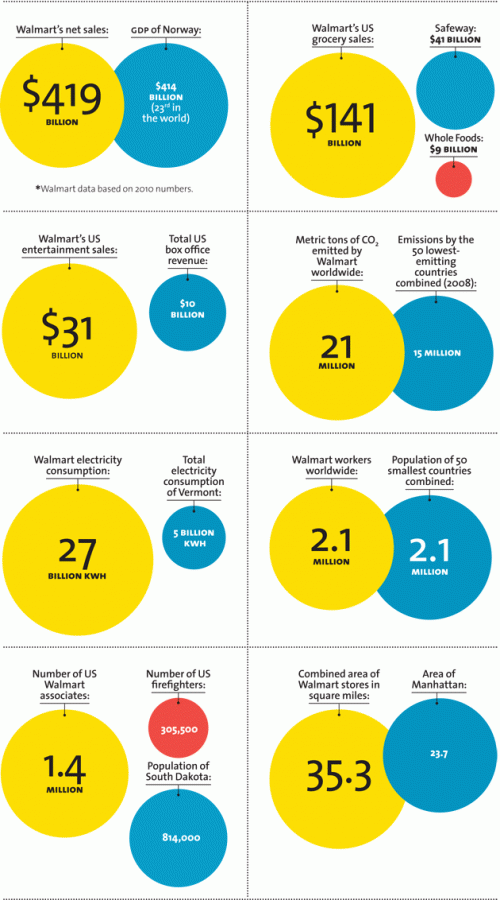Last month the Centers for Disease Control (CDC) released a series of graphic anti-smoking ads intended to “raise awareness of the human suffering caused by smoking and to encourage smokers to quit.” The campaign, titled “Tips From Former Smokers,” depicts individuals who have experienced some of the potential effects of tobacco use, including stomas, stroke, lung removal, heart attack, limb amputations, and asthma. For example, this ad features several former smokers who offer “tips” on how to live with a throat stoma (hole), such as “Crouch, don’t bend over—you don’t want to lose the food in your stomach”:
This ad shows Terrie, a throat cancer survivor, completing the morning routine she performs in order to maintain her appearance after losing her hair and teeth and having a tracheotomy:
Finally, this ad depicts several people who suffered a vascular disease brought on by smoking who had to have limbs amputated:
In addition to the whether these ads will be effective in persuading smokers to quit, we might ask whether fear and stigma are appropriate health promotion strategies. Is it possible or ethical to scare people into changing their behaviors? What are the implications of using stigmatized people to serve as a warning label to others?
What’s most striking about these ads is how they use and portray the human body. Medical sociologist Deborah Lupton suggests that health promotion campaigns such as this one do not simply depict bodies but also produce them; that is, the ways we talk about and create images of certain bodies says something about who or what that body is and what it does. She argues that when the body is seen as uncontrolled, say, with holes or missing limbs, then the self is understood as undisciplined. For these former smokers, their undisciplined selves resulted in their uncontrolled bodies. Lupton suggests that by producing the body as a site of contamination or catastrophe the rest of us can be kept in line by fear.
In these ads, a group of disabled people and cancer survivors are used as a warning for current smokers to quit. The ads invite us to feel disgust at their bodies and fear at what could happen to our own. In particular, Terrie’s ad invokes gendered beauty norms and prompts viewers to imagine themselves without traditional markers of attractiveness such a full head of hair.
Paying attention to how health promotion images use the body is one way to think more critically about bodies, well-being, and how to effectively promote healthy behaviors.
—————
Christie Barcelos is a doctoral candidate in Public Health/Community Health Education at the University of Massachusetts Amherst.







